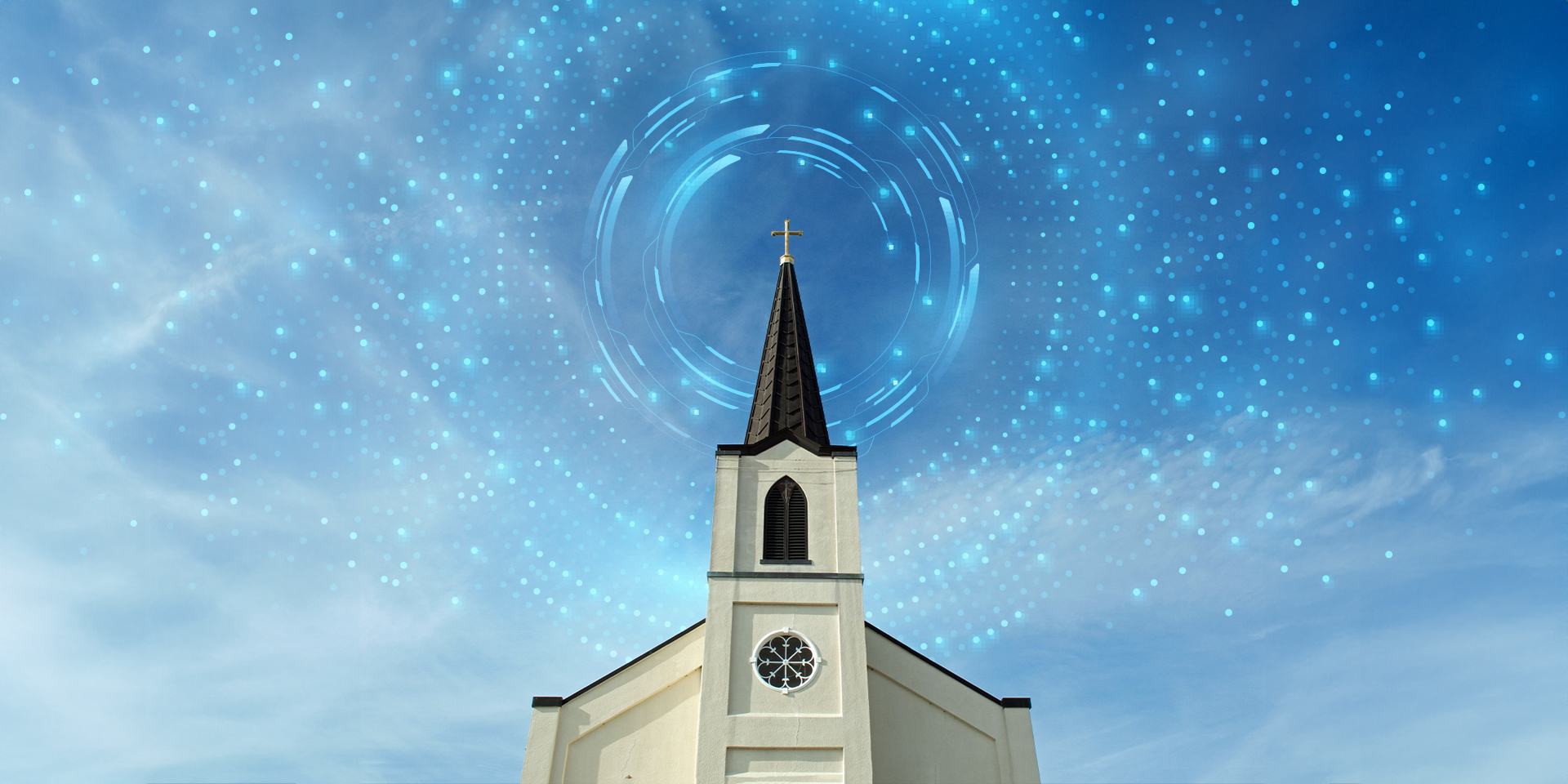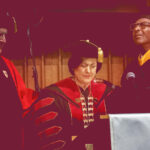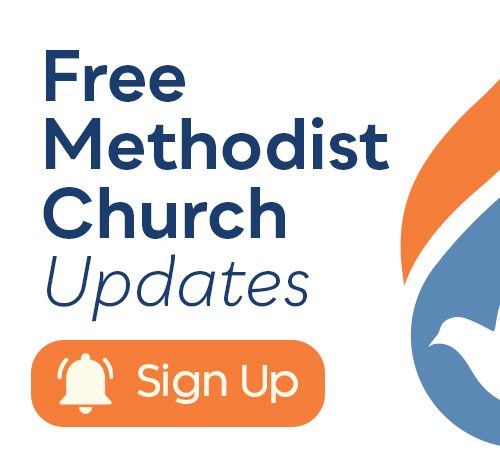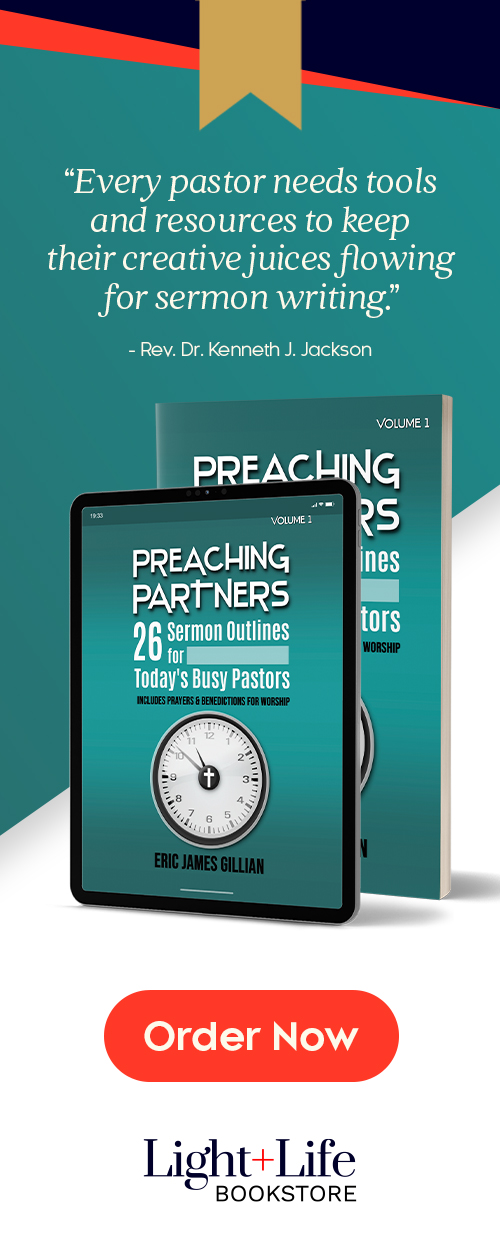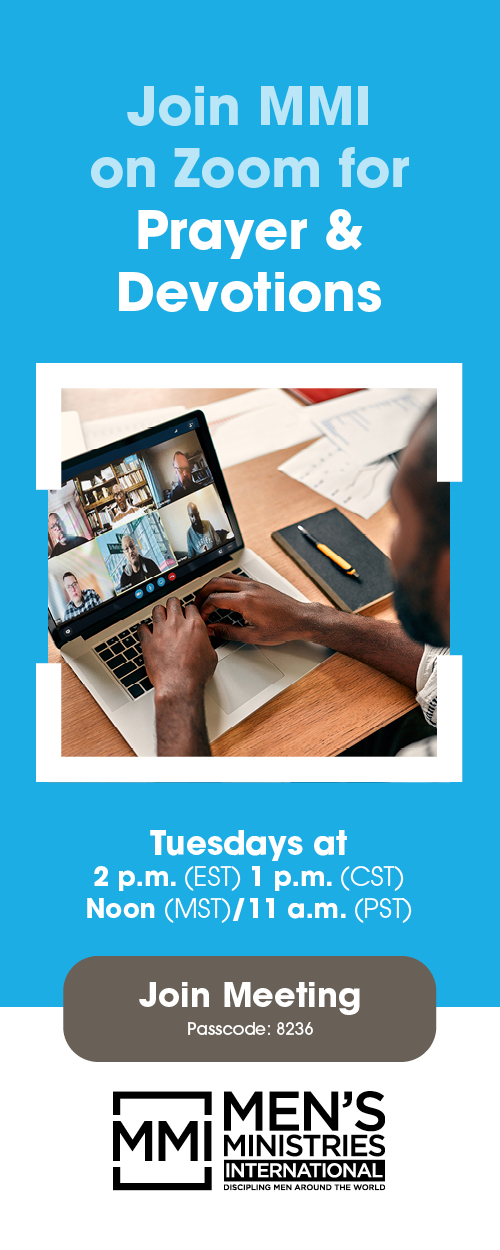By Chris Hemberry
More than a billion Christians are estimated to participate in Lent each year. Lent is observed by Anglicans, Roman Catholics, Eastern Orthodox, Lutherans, and Methodists.
While the specific disciplines related to Lent vary widely from tribe to tribe, nearly all of them include fasting in some form. The most common sacrifice is a type of food or entertainment. Modeled after Jesus’ 40 days of fasting and subsequent temptation in the desert, this season of ritual is meant to serve as a time of lament and self-examination. This is good. There is value there. But there is also more than this. Like most religious rituals, much of the potential impact of Lent is untapped.
_
“This was the opportunity to draw a little nearer to the Most High God. But they could go no further.”
_
Among the earliest of our faith rituals is the institution and operation of the Tabernacle. God was profoundly detailed in His directives on the construction, transport, and purposes of this temporary temple. Broadly speaking, to move from the tribal camps into the outer court of the Tabernacle was to enter the place of God. There, the altar was stationed for the people to bring their sacrifices. This was the opportunity to draw a little nearer to the Most High God. But they could go no further. To step past the altar was an invitation and duty given only to the priests.
The Holy Place
The first room of the inner tent was the Mikdash — the holy place, a sign and symbol of God dwelling with man. Here priests performed various duties, mediating between God and the people. But they could go no further. To step through the holy veil, into the innermost room — the Holy of Holies — was allowed only for the high priest, and only once per year, with fearful trembling, lest he be struck down in the presence of the Lord’s glory.
That was it. He could go no further.
The tabernacle was replaced by the temple, which was built, conquered, destroyed, rebuilt, conquered, and destroyed again. Each time, though, the layout, duties, and restrictions were duplicated.
God Among His People
While the second temple yet stood, Jesus came. God did dwell among His people in the flesh! He lived; He died; He rose again. And “what the law was powerless to do because it was weakened by the flesh, God did by sending his own Son in the likeness of sinful flesh to be a sin offering. And so he condemned sin in the flesh, in order that the righteous requirement of the law might be fully met in us, who do not live according to the flesh but according to the Spirit” (Romans 8:3–4).
_
“Too often we stop at the altar in the outer court, bringing only symptoms as our sacrifice.”
_
When Jesus breathed His final breath, the ground shook, and that holy veil tore from floor to ceiling. The invitation was open. All can go further! There is an invitation from God to move beyond the altar, past the holy place, through the torn veil, and into the Most Holy Place. Too often we stop at the altar in the outer court, bringing only symptoms as our sacrifice. We pick these back up 40 days later, and the deeper, rooted parts of our innermost self remain. We set down upon the altar our daily Starbucks, our smartphones, or our bag of chips, but we go no further.
As the writer of Hebrews puts it, “The law is only a shadow of the good things that are coming — not the realities themselves. For this reason it can never, by the same sacrifices repeated endlessly year after year, make perfect those who draw near to worship. … Day after day every priest stands and performs his religious duties; again and again he offers the same sacrifices, which can never take away sins. But when this priest [Jesus] had offered for all time one sacrifice for sins, he sat down at the right hand of God, and since that time he waits for his enemies to be made his footstool. For by one sacrifice he has made perfect forever those who are being made holy” (Hebrews 10:1, 11–14).
Moving From Self to God
Entering the temple is the beginning of a holy descent. It is moving farther and farther away from self and closer and closer to God. If the New Covenant metaphor for stepping into the temple court is salvation, the offering at the altar is sacrifice. As a follower of Jesus, it is good and right to sacrifice behaviors, habits, and those things that are not beneficial to us or to the kingdom. But we can go further! One step further is the Most Holy Place, and an invitation for submission. This is where we can present to the Lord more than the sacrificial symptoms — we can offer up the root of our sin! We can allow the Holy Spirit to transform whole aspects of our life and character.
But there is more!
_
“This year during the season of Lent, you may need to bring a sacrifice. But do know that there is a holy invitation to go further.”
_
Full Surrender
The final step, into the Holy of Holies, is a step of full surrender. We forsake our dreams and plans to eagerly seek His will. No part of us is off-limits! We accept God’s invitation to the sanctified life.
Where are you currently standing? Are you outside the temple? Are you in the inner court at the altar? Are you in the Holy Place? Wherever you are, the Lord is standing with you, but also at the next place, where He is reaching out and inviting you into a deeper and deeper intimacy. This year during the season of Lent, you may need to bring a sacrifice. But do know that there is a holy invitation to go further. God is inviting you beyond the altar, beyond just sacrifice, into an intimate dwelling place with him. Here you are transformed. Here things can be set down forever.
“I desire mercy, not sacrifice” (Hosea 6:6, Matthew 9:13).
+
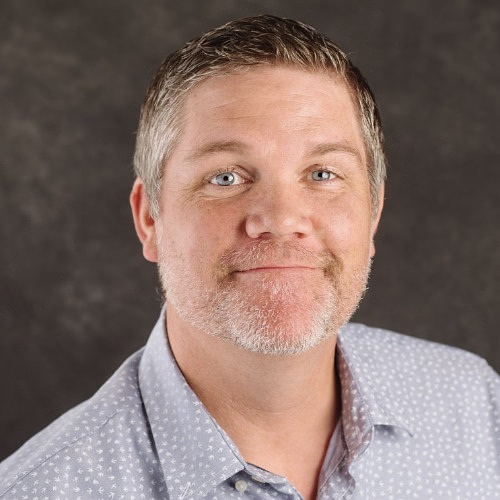
Chris Hemberry and his wife, Kaydi Hemberry, are the lead pastors of Foothill Community Church in Oroville, California. He also serves as the assistant superintendent and church planting director for the Network of Undeniable Blessing. Chris and Kaydi have three daughters, Nataleigh, Halle and Lauren.


